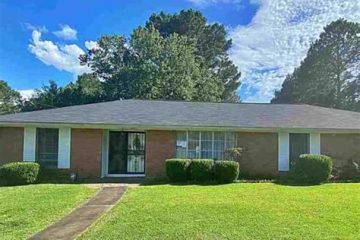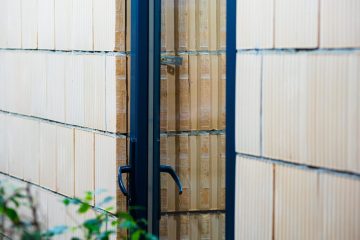In urban landscapes where space is limited and environmental concerns are mounting, innovative solutions like green roofs have gained significant traction. Among the key components that contribute to the effectiveness and longevity of green roofs are drainage boards and high-quality drainage membranes. In this article, we delve into the significance of these components and how they contribute to sustainable urban development.
Introduction to Green Roof Drainage Boards
Green roof drainage boards serve as a crucial element in the infrastructure of green roofs. These boards facilitate proper water drainage and retention, preventing waterlogging and potential structural damage. Essentially, they provide a pathway for excess water to flow away from the roof surface, ensuring optimal growing conditions for vegetation and safeguarding the integrity of the roof structure.
Importance of High-Quality Drainage Membranes
In conjunction with drainage boards, high-quality drainage membranes play a pivotal role in the performance of green roofs. These membranes act as a protective barrier, preventing water from seeping into the underlying layers of the roof structure. By effectively managing water runoff, they mitigate the risk of water infiltration, which can lead to mold growth, structural deterioration, and compromised indoor air quality.
Features and Benefits of Green Roof Drainage Boards
Green roof drainage boards are engineered with a range of features designed to enhance their functionality and durability. These include high compressive strength, lightweight construction, and compatibility with various roofing materials. By incorporating these boards into green roof systems, property owners can enjoy benefits such as improved stormwater management, reduced energy consumption, and extended roof lifespan.
Advantages of Using High-Quality Drainage Membranes
Investing in high-quality drainage membranes offers numerous advantages for green roof applications. These membranes are typically made from durable materials such as polyethylene or synthetic fabrics, ensuring long-term performance in diverse environmental conditions. Additionally, they are resistant to root penetration, UV degradation, and chemical exposure, providing added protection for the underlying roof structure.
Installation Process of Green Roof Drainage Boards
The installation of green roof drainage boards involves several steps to ensure proper integration with the existing roof system. First, the roof surface is prepared by removing any debris and ensuring smooth, even substrate. Next, the drainage boards are laid out in a predetermined pattern, with overlapping seams to create a continuous drainage layer. Finally, the boards are secured in place using mechanical fasteners or adhesive, depending on the specific application requirements.
Tips for Maintaining Green Roof Drainage Systems
To maximize the performance and longevity of green roof drainage systems, regular maintenance is essential. This includes inspecting the drainage boards for any signs of damage or obstruction, such as clogged drains or debris buildup. Additionally, it’s important to monitor vegetation growth and prune any overhanging branches or invasive plant species that may impede water flow.
Environmental Benefits of Green Roofs
Beyond their functional advantages, green roofs offer a host of environmental benefits that contribute to sustainable urban development. By reducing stormwater runoff, mitigating urban heat island effects, and improving air quality, green roofs help to create healthier, more resilient communities. Furthermore, they provide valuable habitat for wildlife, enhance biodiversity, and promote urban agriculture initiatives.
Conclusion
In conclusion, green roof drainage boards and high-quality drainage membranes play a vital role in the success of green roof systems. By effectively managing water runoff, protecting underlying roof structures, and promoting environmental sustainability, these components contribute to the creation of healthier, more resilient urban environments. As cities continue to grapple with the challenges of climate change and urbanization, investing in green roof infrastructure offers a promising solution for enhancing both the functionality and aesthetics of built environments.




